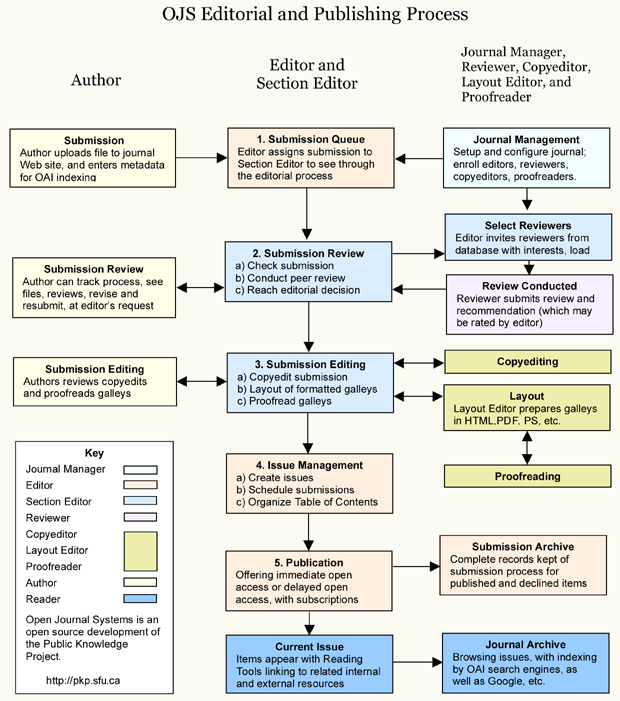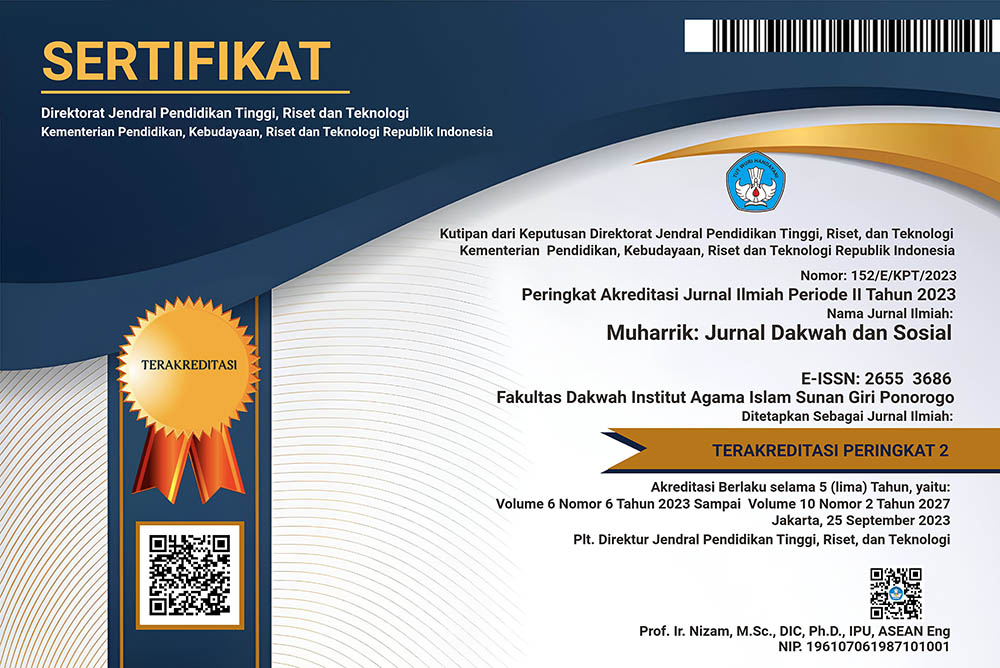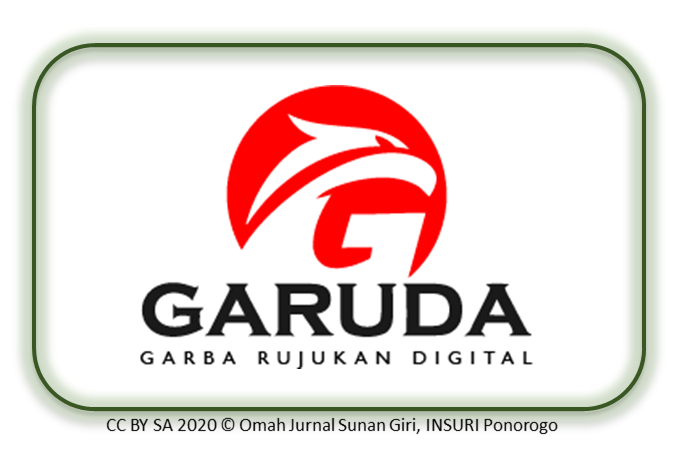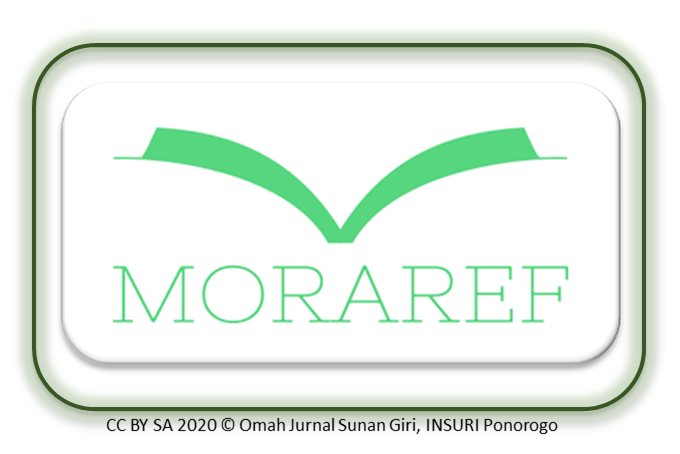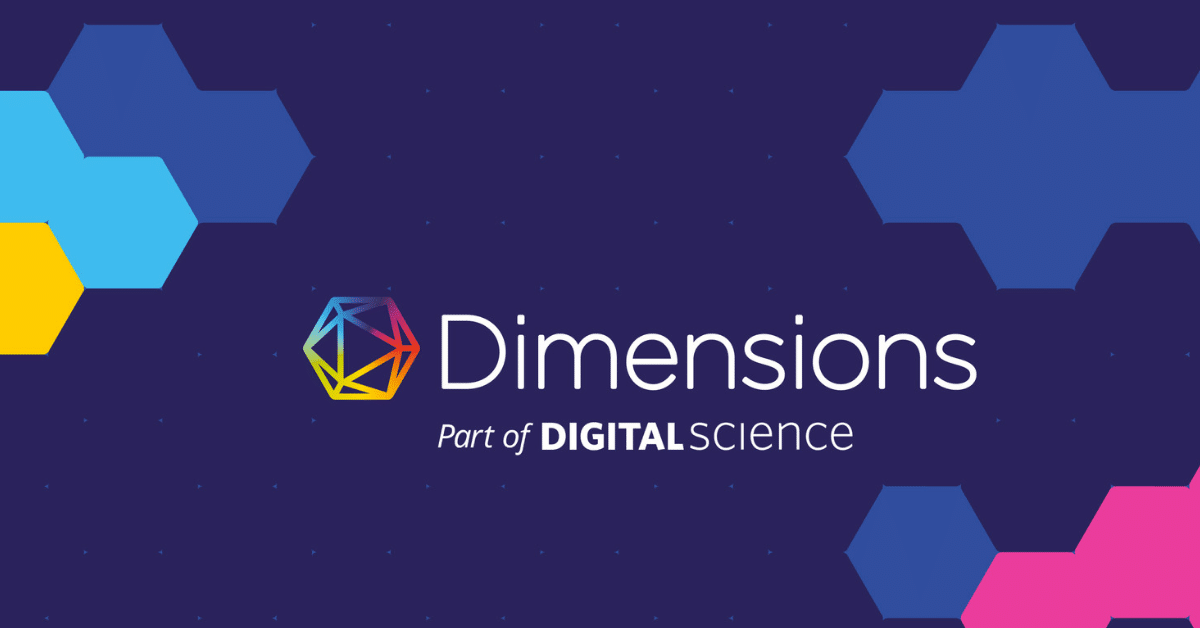Articles submitted are reviewed by the editorial team as the initial process. The editorial team will evaluate the feasibility of the content, focus, and methodology in the article. The articles are then sent to at least 2 (two) expert reviewers at the position of Double Blind Review Process. Notes from the reviewers were then sent back to the author to be adapted to the standards of journal writing. The decision of the revised manuscript will be re-evaluated in the editorial board's meeting. Later, the decision of the editor in the final meeting will be informed to the author.
Editors make decisions based on reviewer recommendations as follows:
- Manuscripts can be accepted without changes
- Manuscripts may be accepted with minor revisions
- Manuscripts may be received with major revisions
- Manuscript rejected
The following image can help the author understand the process of submitting articles to the publishing process. The estimated total time required on average is 12 weeks (3 months).

